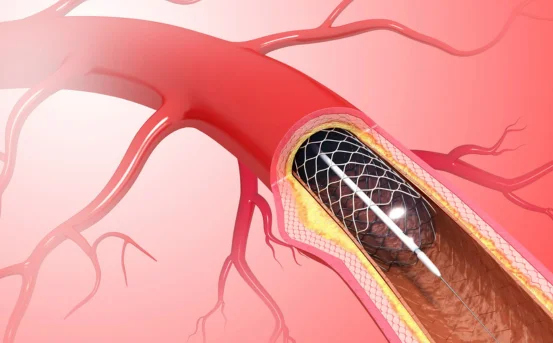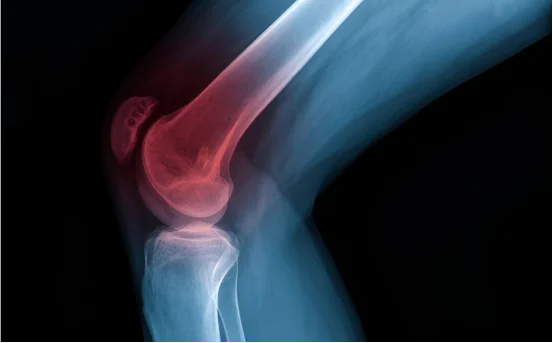Introduction
Endovascular surgery is a modern, minimally invasive method used to treat a wide range of vascular (blood vessel) conditions. Unlike traditional open surgery, endovascular procedures are performed inside the blood vessels using catheters, balloons, stents, and other tools guided by imaging technology. These techniques have revolutionized vascular care, offering faster recovery, fewer complications, and improved outcomes.
What Is Endovascular Surgery?
“Endovascular” literally means inside the blood vessels. It refers to a group of surgical techniques where small tools are inserted into blood vessels through tiny incisions—usually in the groin or wrist—and guided to the problem area using real-time imaging.
This approach is used to open narrowed arteries, remove clots, treat aneurysms, and seal off abnormal vessels, among other things.
Who Needs Endovascular Surgery?
Endovascular surgery is used to treat conditions like:
- Aneurysms (abnormal bulges in arteries)
- Peripheral artery disease (PAD)
- Carotid artery disease (narrowed neck arteries)
- Deep vein thrombosis (DVT)
- Varicose veins and chronic venous insufficiency
- Arteriovenous malformations (AVMs)
- Blood clots and pulmonary embolisms
It is particularly beneficial for people who are elderly, have chronic health conditions, or cannot tolerate open surgery.
Types of Endovascular Surgery
Here are the most common and effective types of endovascular procedures, explained in detail:
- Angioplasty
Purpose: To open blocked or narrowed arteries.
How it works:
- A thin tube (catheter) with a small balloon at its tip is inserted into a narrowed blood vessel.
- The balloon is inflated at the blockage site, widening the artery and restoring normal blood flow.
- Sometimes a stent is also inserted afterward to keep the vessel open.
Commonly used for:
- Coronary artery disease
- Peripheral artery disease
- Carotid artery stenosis
- Stent Placement
Purpose: To keep blood vessels open permanently.
How it works:
- A stent is a small, mesh-like metal tube.
- It is inserted after angioplasty to support the artery walls and prevent collapse or re-narrowing.
- Some stents are drug-eluting, meaning they release medication to prevent further blockage.
Commonly used for:
- Heart arteries
- Leg arteries
- Carotid arteries
- Aneurysm repair (stent grafts)
- Endovascular Aneurysm Repair (EVAR)
Purpose: To treat aortic aneurysms.
How it works:
- A stent graft (a fabric-covered stent) is inserted through a catheter into the abdominal or thoracic aorta.
- It seals off the aneurysm from inside the vessel, preventing rupture.
- EVAR is less invasive than traditional open aneurysm surgery.
Commonly used for:
- Abdominal aortic aneurysm (AAA)
- Thoracic aortic aneurysm (TAA)
- Atherectomy
Purpose: To remove plaque buildup from artery walls.
How it works:
- A special catheter with a rotating blade, laser, or other cutting device is inserted into the artery.
- The device shaves off or vaporizes plaque, clearing blockages that may not respond to angioplasty alone.
Commonly used for:
- Peripheral artery disease (especially in the legs)
- Calcified arteries
- Thrombectomy
Purpose: To remove blood clots from arteries or veins.
How it works:
- A catheter is guided to the site of the clot.
- Special tools such as suction devices or mechanical claws grab or break up the clot and remove it.
- This procedure restores blood flow and prevents damage to tissues and organs.
Commonly used for:
- Deep vein thrombosis (DVT)
- Pulmonary embolism (PE)
- Stroke
- Embolization
Purpose: To block abnormal or bleeding blood vessels.
How it works:
- A catheter is placed near the target vessel.
- Embolic agents such as coils, glue, or tiny particles are delivered to seal the vessel.
- It can also cut off the blood supply to tumors or AVMs.
Commonly used for:
- Uterine fibroids (Uterine Fibroid Embolization – UFE)
- Gastrointestinal bleeding
- Tumor management
- Brain AVMs
- Carotid Artery Stenting
Purpose: To treat narrowing of the carotid arteries and prevent strokes.
How it works:
- A stent is inserted into the carotid artery in the neck to keep it open.
- A small filter device may also be used to catch dislodged plaque during the procedure.
Commonly used for:
- Carotid artery disease
- Stroke prevention
- Venous Ablation
Purpose: To treat varicose veins and chronic venous insufficiency.
How it works:
- A catheter is inserted into the faulty vein.
- Heat (radiofrequency or laser) or foam is used to close the vein.
- Blood naturally reroutes through healthier veins.
Commonly used for:
- Varicose veins
- Leg swelling or pain due to poor venous circulation
Benefits of Endovascular Surgery
Each type of endovascular surgery offers these common advantages:
- Minimally invasive (Small incisions reduce scarring and complications.)
- Less pain and faster recovery
- Shorter hospital stays (often done as outpatient)
- Lower risk for high-risk patients
- Improved quality of life and symptom relief
- Repeatable (If needed, procedures can be done again with minimal risk.)
Risks and Considerations
While endovascular surgery is generally safe, it does carry some risks:
- Bleeding or bruising at the insertion site
- Infection
- Blood clots
- Allergic reaction to contrast dye
- Device-related complications
- Sometimes, follow-up or repeat procedures may be necessary
Your vascular surgeon will assess these risks based on your condition, age, and overall health.
Conclusion
Endovascular surgery includes a wide range of minimally invasive techniques that can treat serious vascular conditions without the need for open surgery. From stents and angioplasty to aneurysm repair and clot removal, these procedures offer hope and healing for patients suffering from blocked arteries, aneurysms, and venous diseases. With continued medical advancements, endovascular techniques are becoming the standard of care for many vascular conditions—offering safer, quicker, and more effective results.























